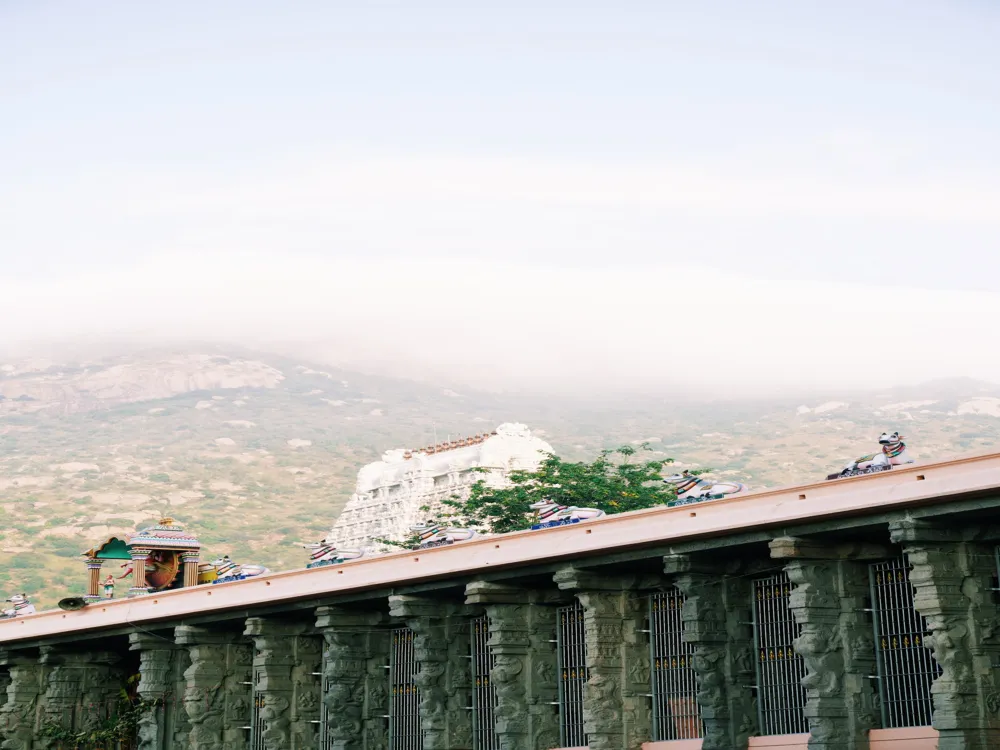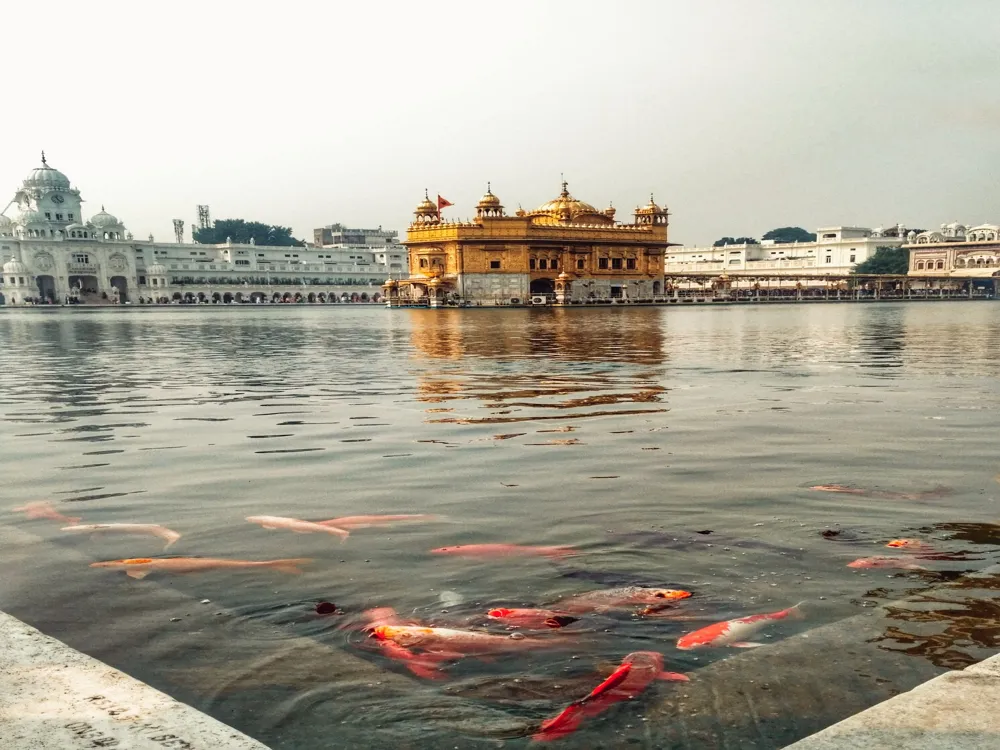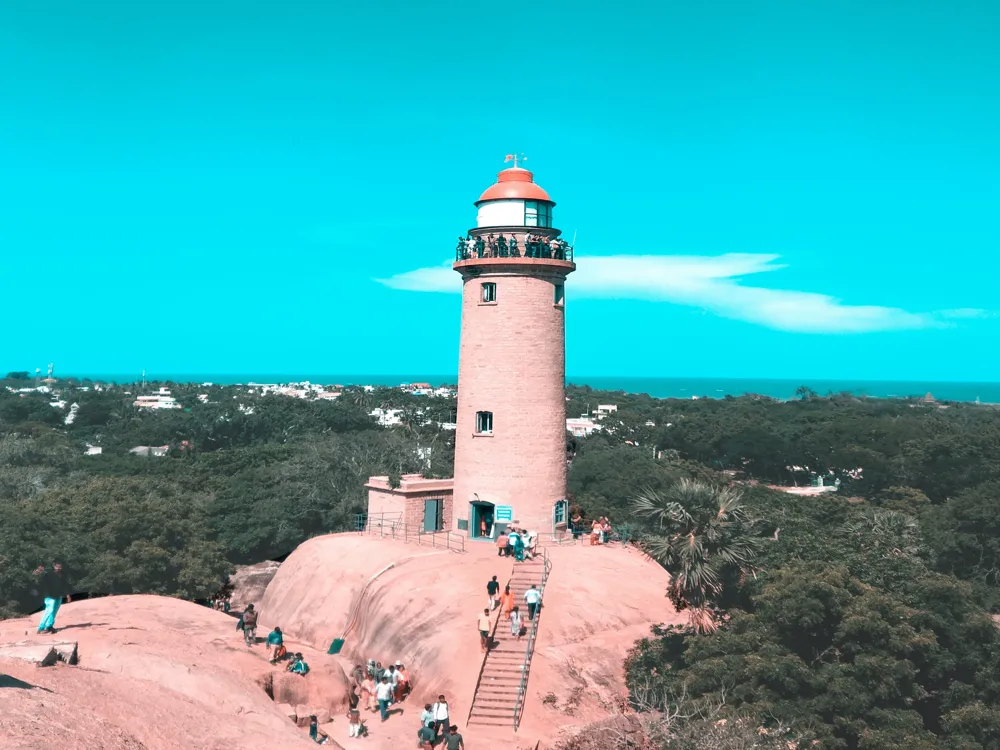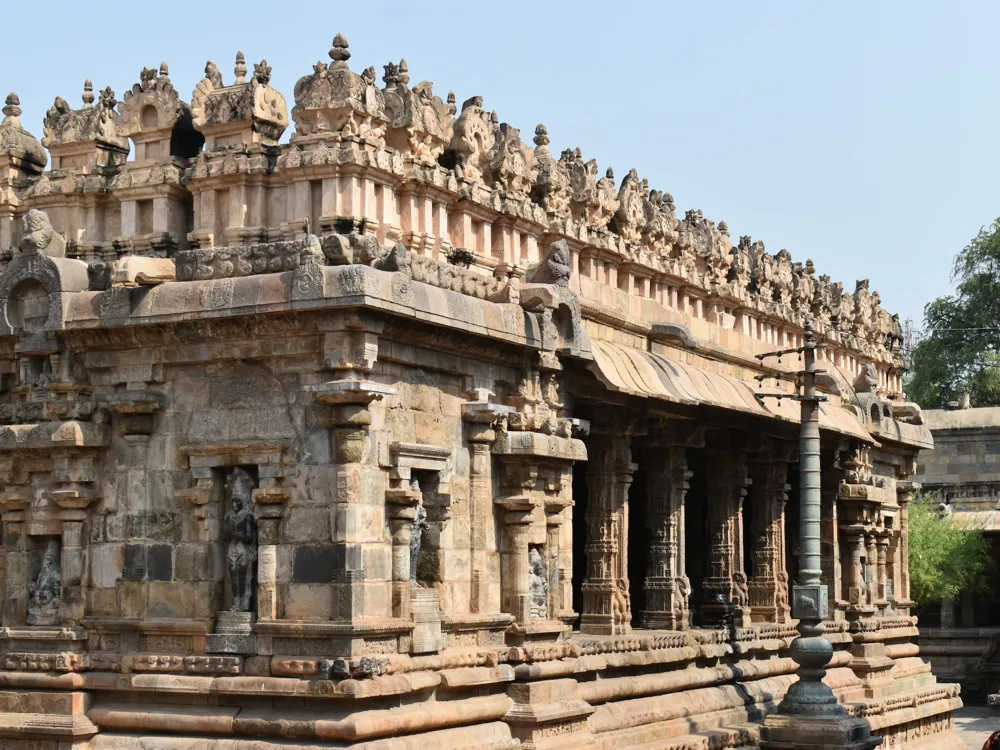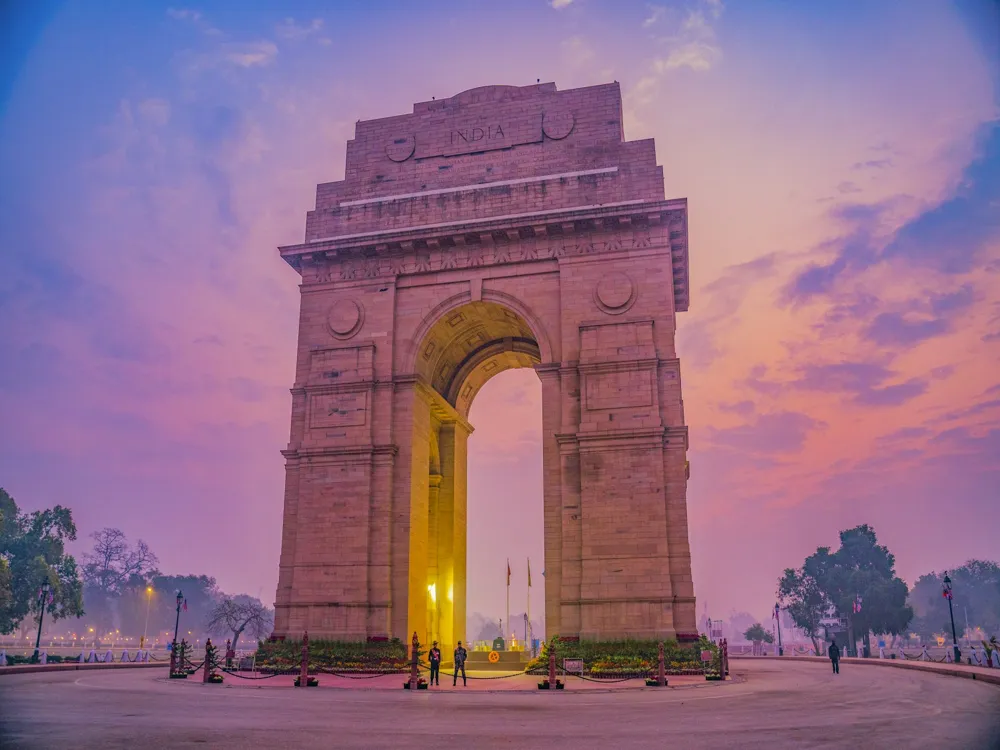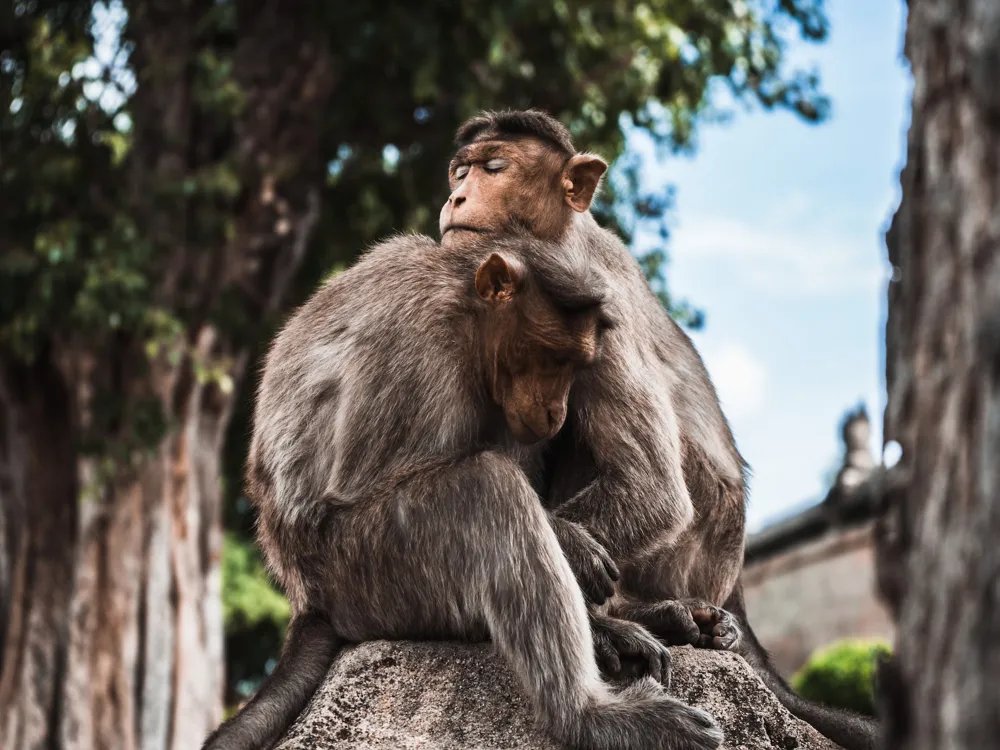Plan Your Travel To Thiruvannamalai
Places To Visit In Thiruvannamalai
Annamalaiyar Temple
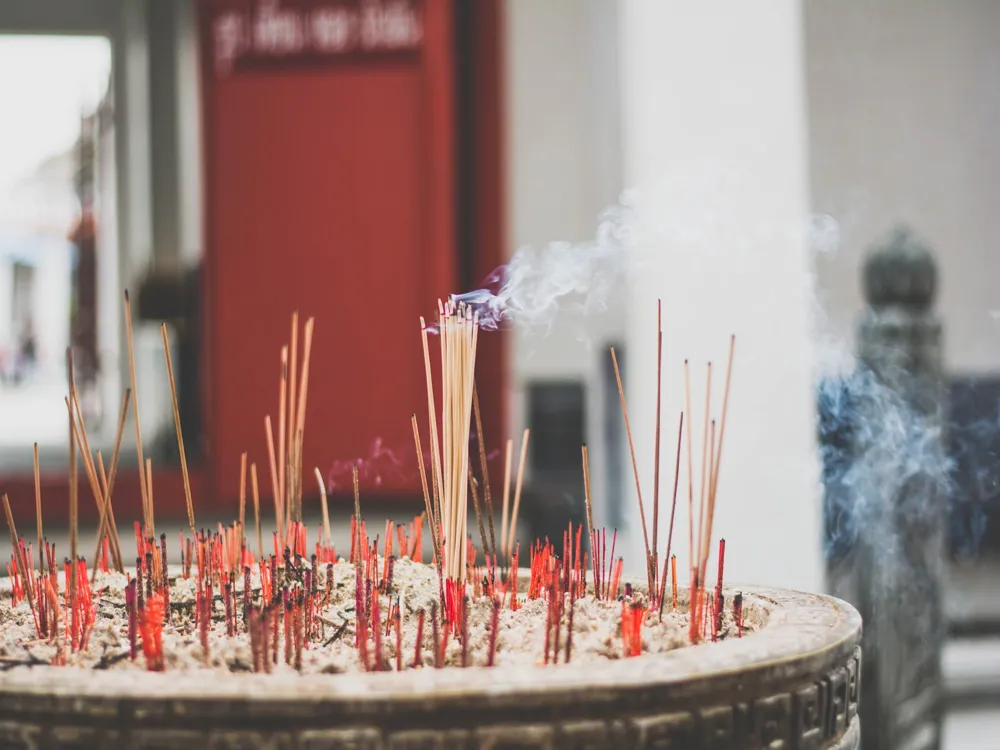
Annamalaiyar Temple, a breathtaking temple complex dedicated to Lord Shiva, is located in the bustling town of Thiruvannamalai, at the base of Annamalai Hills in the South Indian state of Tamil Nadu. As you walk closer to the grand temple complex, you'll notice how marvellously the structures have been built. This 25-acre complex is sure to mesmerize you with its beauty and elegance. There are numerous intricately adorned shrines and halls within the entire temple complex which is also considered as one of the largest temple complexes in India. Do make it a point to see the splendid eastern gopuram (tower), which is one the tallest temple towers in India as it stands 66 metres tall and the gorgeous thousand-pillared hall that extends serenely in the temple complex.
The Annamalaiyar Temple is considered as one of the temples associated with the Agni or Fire element of the Pancha Bhoota Stalas or the five elements and is significant to the Hindu sect of Shaivism. The priests perform the temple rituals very stringently six times a day and are always punctual. In the region, Lord Shiva is also known as Annamalaiyar or Arunachaleswarar. His idol is referred to as Agni Lingam and Goddess Parvati is referred to as Unnamalai Amman. Believers visit the temple for religious purposes and for offering prayers to the deities. It is said that visiting this temple and offering prayers with a clean heart will absolve one's sins. It is here that many Sages and Maharishis have attained salvation in the past and it is here that one should come to experience at least a moment of peace in today's fast-paced world.
Read More
Gingee Fort
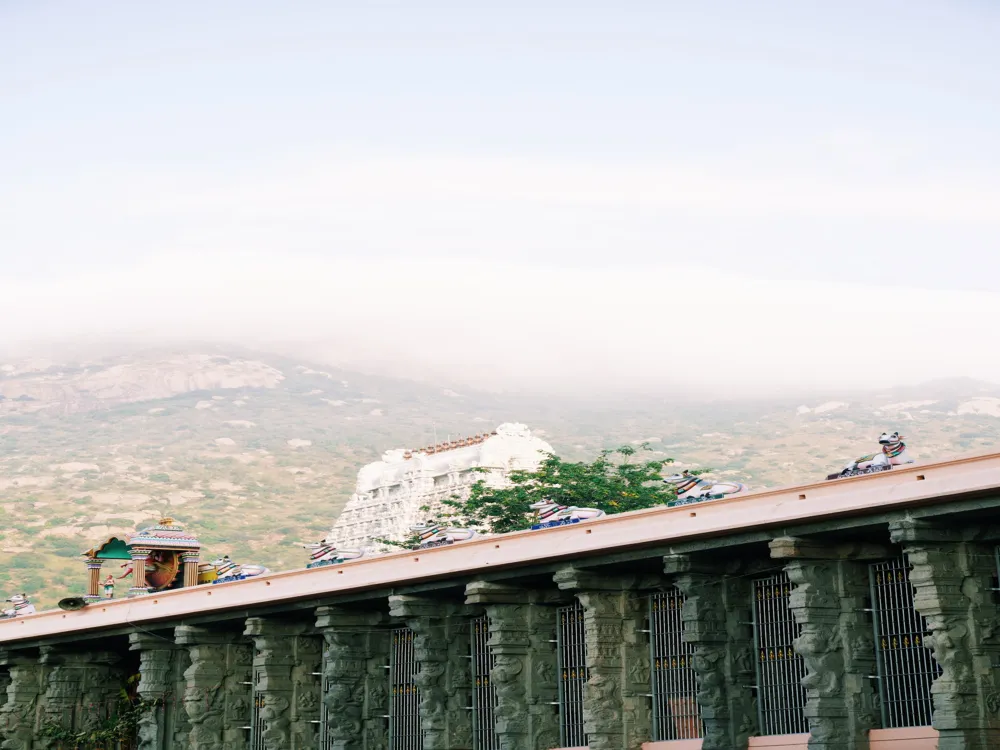
Known as the "Troy of the East" by the British, Gingee Fort is located in Villupuram District of Tamil Nadu, 160 kilometres from the state capital, Chennai and near the Union Territory of Puducherry. Locals have given the fort some notable names such as Senji, Chenji, Jinji or Senchi Fort. The majestic fort has three different hilltop citadels and a massive boundary of thick walls and cliffs. Owing to its enormous structure the fort is fortified to the extent that Shivaji, the Maratha king, named it as the "most impregnable fortress in India." Visiting the fort makes one learn the reason for why it has been called by such influential names. As you reach the fort, you realise that it has been located at the most strategic location which made it difficult for the enemies to enter its premise. The fort indeed is a result of genius minds.
Constructed mostly in the 16th century by the Vijayanagara Empire, the fort was later captured by the Marathas following the rule of Mughals, French and British on it. The fort was then sadly abandoned in the 19th century. Today while few foreigners visit her, Gingee is heavily flocked by the domestic tourists for starring in various films. The main road between Puducherry and Tiruvannamalai segments through the fort, just to the west of Gingee town. Out of the three citadels situated atop, the most unchallenging to reach is Krishnagiri which rises on the north side of the road. To the west is the highest of the three, Rajagiri, and the most distant and least compelling is Chakklidurg which lies in the south-east direction. The remnants of the Gingee fort and their dramatic beauty form a peaceful setting making it a very worthwhile spot. Hence, a day trip to the fort is no harm. You surely are going to return with some fantastic pictures and a rich sense of history.
Read More
Mamara Guhai
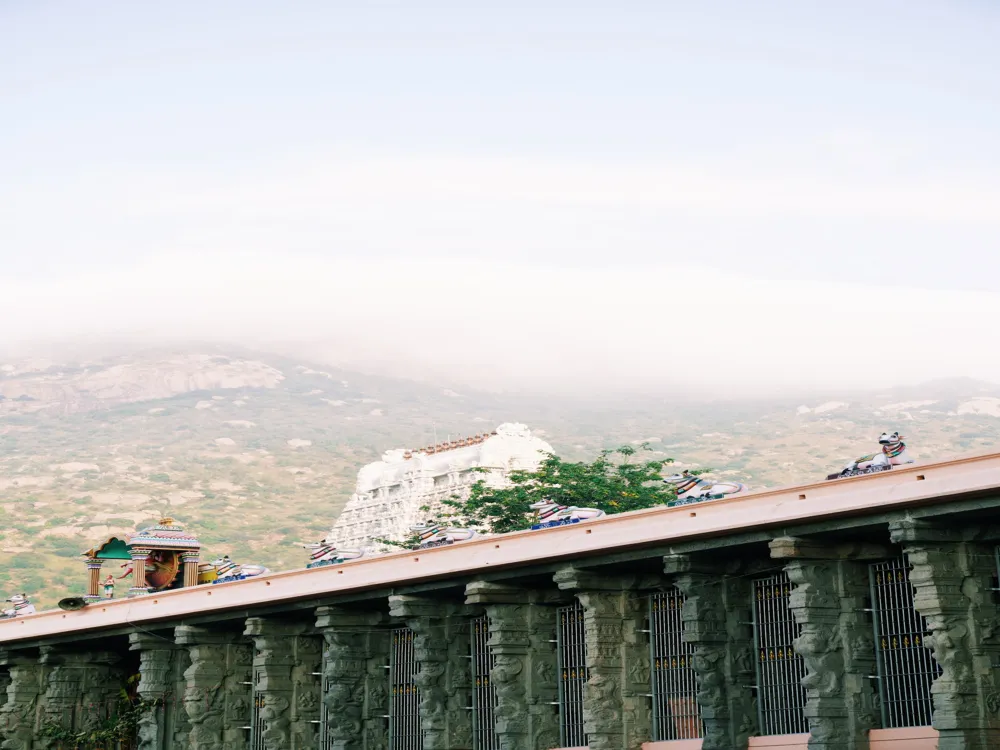
Literally translated, Mamara Guhai means the 'Tree Caves'. This is a religious spot in the hilly terrain of Thiruvannamalai. It is believed that this is the cave where the mystic saint Sri Ramana Maharishi carried out penances and meditation for six years.
There are shrines dedicated to Lord Shiv, Goddess Annapoorna and Rajeshwari along with Lingams of local Siddha Gurus. These caves are surrounded by the beauty of the hills and the view is breathtaking.
Read More
Ramana Ashram
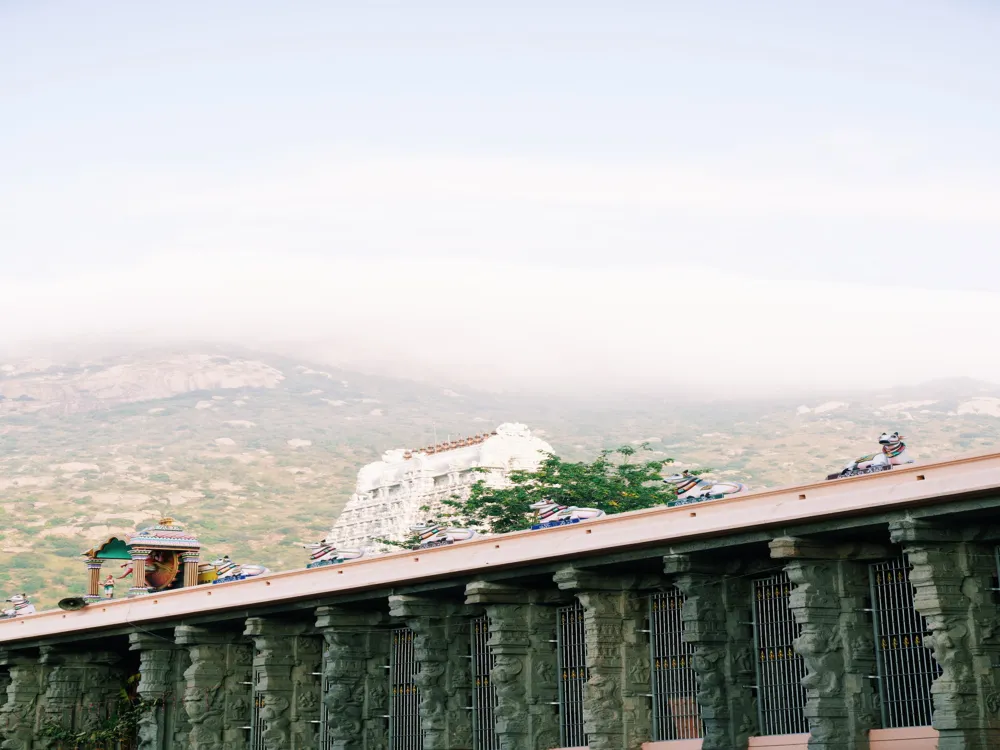
Located at the foothills of the Arunachala hills, to the west of Thiruvannamalai in Tamil Nadu, the Ramana Ashrama is famous for having served as home to the modern sage and Advaita Vedanta philosopher, Ramana Maharshi, from the year 1922, until his death in the year 1950. The Samadhi shrine of Maharshi Ramana continues to attract devotees from all over, who love to visit the place to relax and refresh themselves, far away from the maddening crowd and hustle bustle of the city.
The Sage Maharshi Ramana was regarded as an outstanding enlightened being by his followers. Many devotees got attracted to his charismatic personality, and his teachings are now spread in many regions, making him respected and renowned all across the globe. This is perhaps why the Ramana Ashram continues to be a favourite tourist attraction that is visited by thousands of devotees every year. The ashram gradually grew in its present location only after the settlement of Ramana Maharshi near the Samadhi shrine of his mother Alagammal, who died on May 19 in 1922. Initially, just a single small hut was built there. By 1924, two huts were set up, one of which was opposite the samadhi and the other one was to the north. The Ramana Ashram is the perfect place to be at not just for those interested in Vedanta, but also for those who are curious about Indian spirituality and wish to learn more about it.
Read More
Sathanur Dam
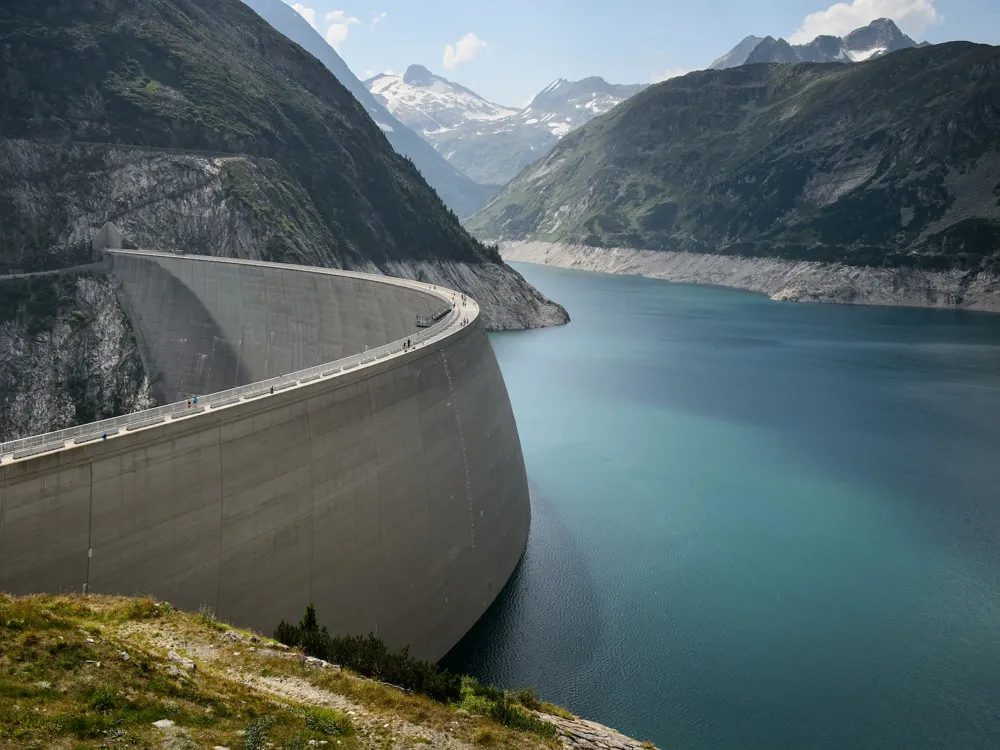
Sathanur Dam, a stunning engineering marvel, is located at a distance of 30 kilometres from the city of Thiruvannamalai in Tamil Nadu. This breathtaking structure has been built over River Thenpennai (River Pennaiyar) flowing through the Chennakesava Hills in Thandarampet Taluk. The reservoir is called the Sathanur Reservoir and is considered as one of the major dams in the state. The structure consists of pleasant parks, a fish grotto and a huge crocodile farm that attracts nature enthusiasts and tourists from all over the world. The site is strikingly beautiful during the monsoons as the river gushes with clear waters. It is so attractive that it has been a favourite spot for many feature films, especially in the 50s and 60s.
The dam was built to benefit the agricultural produce in Thiruvannamalai and the adjoining regions of the city. The region is dotted with a children's park, a small zoo and a swimming pool. Photography is not allowed in the area.
Read More
Seshadri Swamigal Ashram
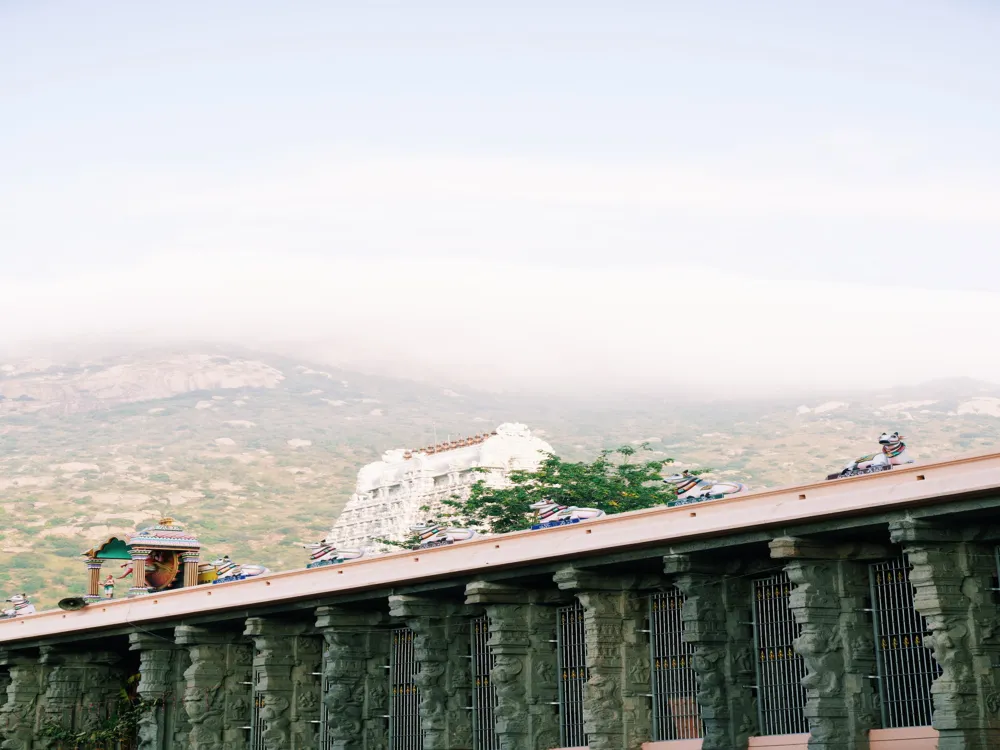
Located near Ramana Aashram, this aashram has a history of its own! Mahan Sri Seshadri Swamigal was a 20th century saint who had displayed majestic powers.
The devotees believe that he had carried out many miracles and has the power to bless the devotees who offer worship at this ashram. There is beautiful garden in the premise of the ashram. A perfect place to medidate and unwind. The ashram offers accommodation facilities too.
Skandashramam
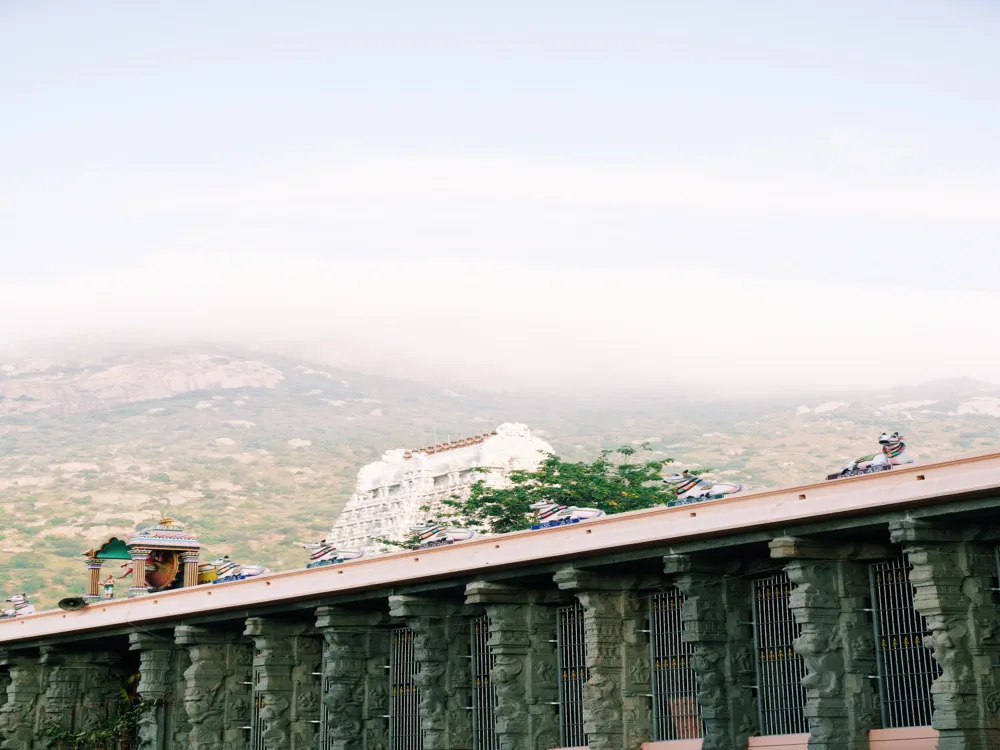
Close to the Arunachaleshwar temple and the Ramana Ashram, this is one of the caves where the saint Ramana spent his period of stay in Thiruvannamalai. In order to reach this destination, one needs to trek a long way. The view from the top is definitely worth it.
Tiruamalai
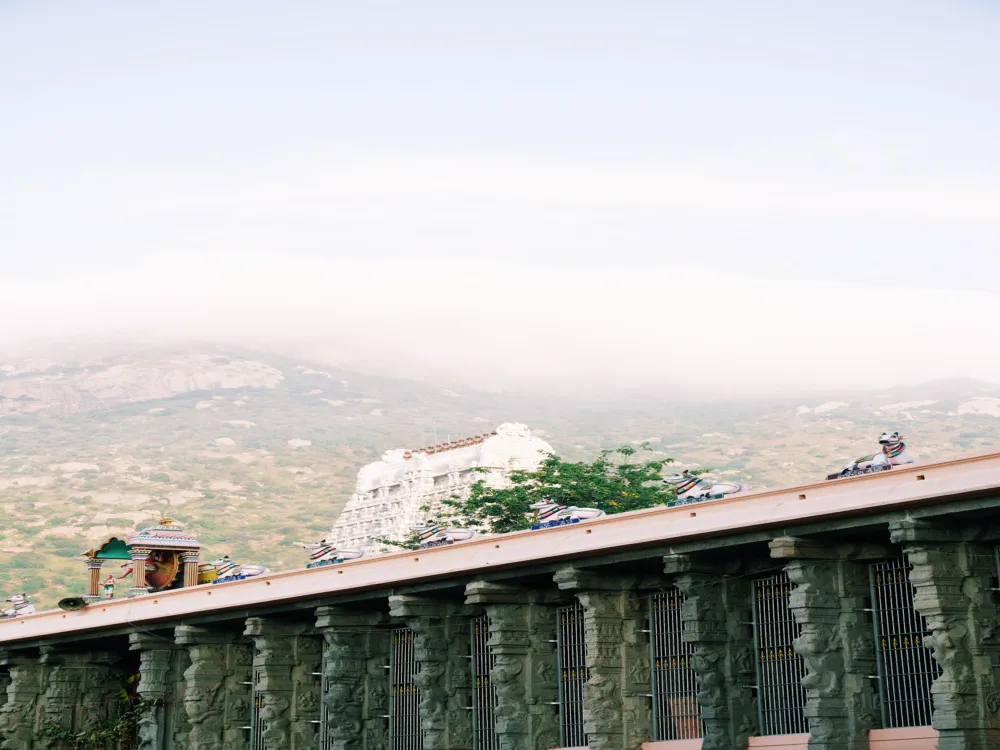
On the outskirts of the town, lies this beautiful temple complex which has four Jain temples, 3 Jain caves. It also houses a 16 feet tall statue of Mahavira erected in 12th century AD and is the tallest Jain statue in India.
Virupaksha Cave
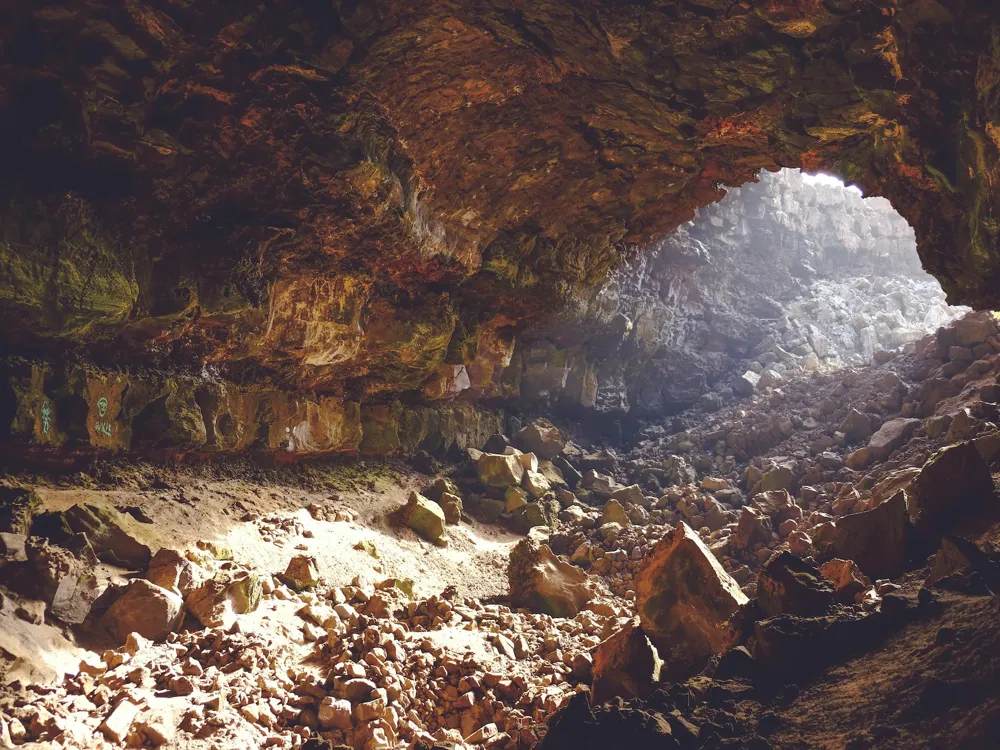
This unique cave ashram in Thiruvannamalai is in the shape of the Hindu symbol 'Om'. The cave is situated atop a small peak in the Arunachala Hill, nearly 200 feet below the Skandasram cave.
There are sever sacred springs on the slope of the hill. The caves seem to be named after the renowned 13th-century saint named Virupaksha Deva, who is said to have spent most of his life here. This is also where his samadhi is, i.e: his ashes are preserved here and worshipped every day.
Read More
Thiruvannamalai Travel Packages
View All Travel Packages Thiruvannamalai
Nearby Places Thiruvannamalai
Browse Package Collections
Browse Hotel Collections










